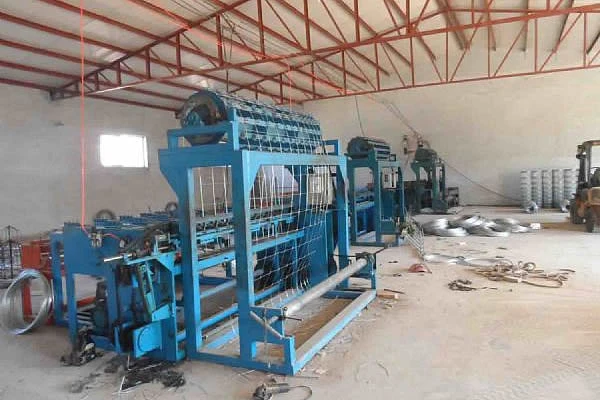 TEL:
+86-13102802206
TEL:
+86-13102802206
 Email:
fencenetting@china.com
Email:
fencenetting@china.com
 Language
Language
 TEL:
+86-13102802206
TEL:
+86-13102802206
 Email:
fencenetting@china.com
Email:
fencenetting@china.com
 Language
Language


The Versatility and Strength of 1% 202 Stainless Cable
In an era where durability and reliability are paramount, the choice of materials in construction and manufacturing plays a vital role in ensuring longevity and performance. One such material that has gained significant attention is the 1% 202 stainless cable. This stainless steel variant, known for its unique properties, is increasingly being utilized across various industries due to its robustness and versatility.
Understanding 202 Stainless Steel
To appreciate the advantages of 1% 202 stainless cable, one must first understand what 202 stainless steel is. Part of the austenitic stainless steel family, 202 stainless steel is primarily composed of iron, chromium, and nickel, but with a unique twist—it typically substitutes a portion of nickel with manganese. This blend not only helps in reducing costs but also enhances certain mechanical properties, making 202 stainless steel a favorable alternative to the more expensive 304 grade.
The composition of 202 stainless steel typically includes around 17% chromium and 4% nickel, providing excellent corrosion resistance while maintaining good strength and formability. These characteristics make it ideal for various applications, especially in environments where resistance to oxidation and corrosion is essential.
Key Properties of 1% 202 Stainless Cable
The 1% 202 stainless cable, derived from this unique material, offers several noteworthy properties. Its tensile strength allows it to endure heavy loads without succumbing to breakage, making it suitable for suspension applications in construction and engineering projects. The minimal 1% addition of specific elements optimizes its strength-to-weight ratio, ensuring that it maintains structural integrity even under the most challenging conditions.

Another significant advantage of 1% 202 stainless cable is its resistance to corrosion. In environments exposed to moisture, chemicals, or salt, such as marine applications, the cable’s ability to resist rust and degradation is crucial. This resilience not only extends the life of the cable but also minimizes maintenance costs over time, providing an economical solution for many industries.
Applications of 1% 202 Stainless Cable
The applications of 1% 202 stainless cable are vast and varied. In the construction industry, it is commonly used for architectural supports, balustrades, and cable-stayed structures. Its aesthetic appeal combined with its strength allows architects and engineers to create visually stunning designs without compromising safety.
In the marine sector, 1% 202 stainless cables are often found in rigging, anchoring systems, and boat fittings. Their ability to withstand harsh conditions and resist corrosion makes them an ideal choice for these demanding applications.
Moreover, 1% 202 stainless cable is increasingly being utilized in industrial settings. From conveyor systems to safety harnesses, its strength and durability make it a reliable component in heavy-duty machinery and equipment.
Conclusion
In conclusion, the 1% 202 stainless cable exemplifies the perfect balance between cost-effectiveness and performance. Its unique composition gives it remarkable strength and corrosion resistance, making it an ideal choice for a multitude of applications across different sectors. As industries continue to prioritize durability and reliability, the utilization of such advanced materials will only grow, paving the way for innovative designs and safe constructions. Whether in architectural marvels or marine technology, the 1% 202 stainless cable stands out as a testament to modern engineering and material science.